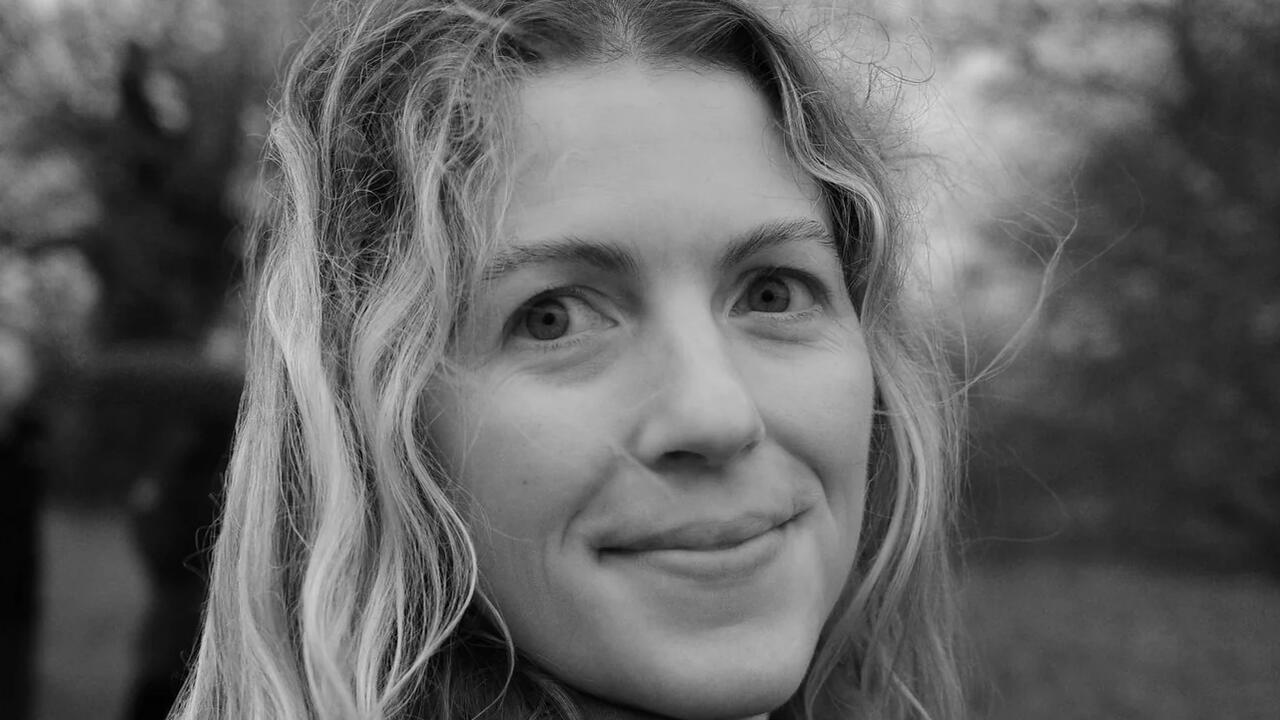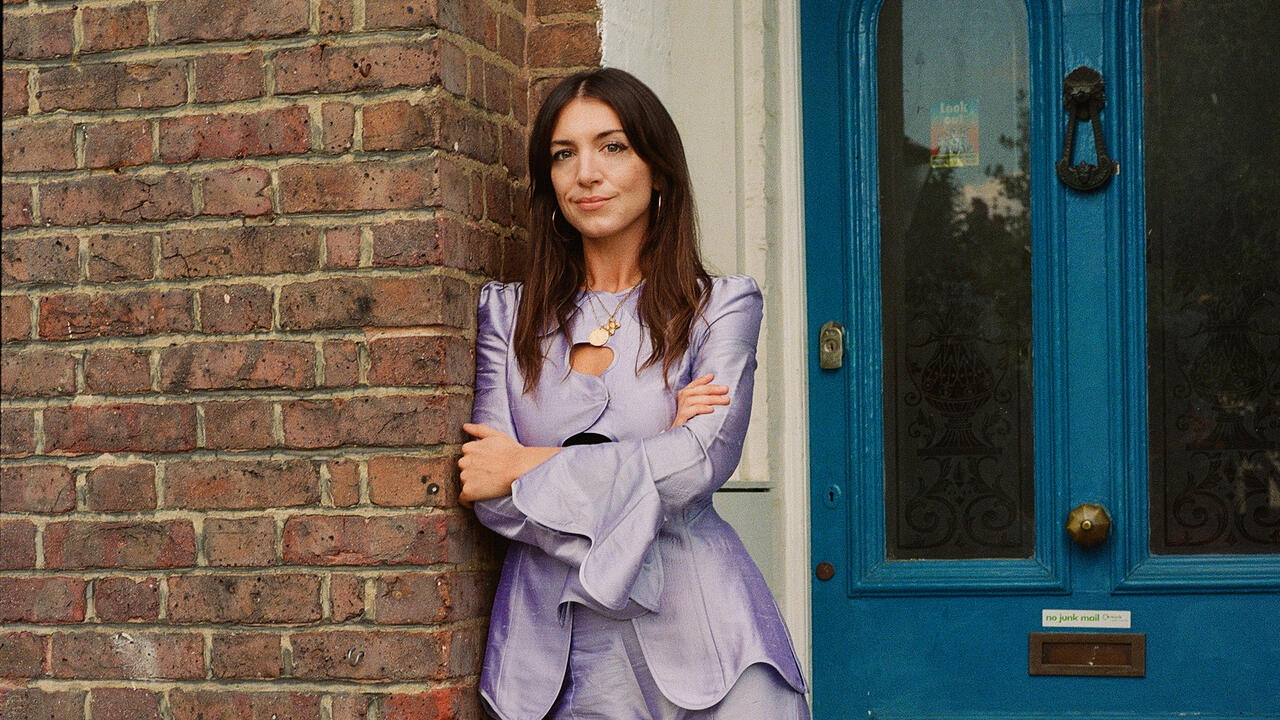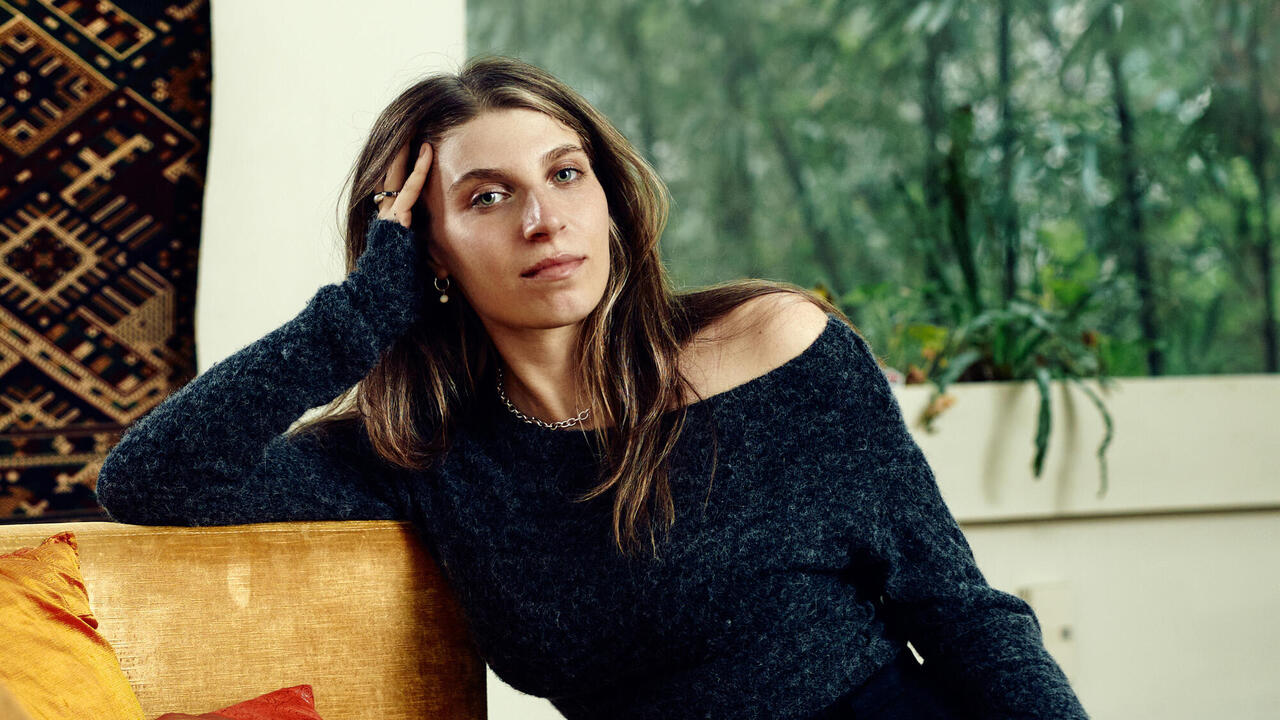Life as Someone Else’s Fantasy: Stephanie LaCava’s ‘The Superrationals’
The author's new novel is a smart, sharply observed critique of literary tropes and the art world
The author's new novel is a smart, sharply observed critique of literary tropes and the art world

Mathilde, an American girl with a Gallic name and an extremely chic dead mother, is the jeune fille at the centre of The Superrationals, a sharp, epigrammatic meta-novel by the memoirist and essayist Stephanie LaCava. She is ‘beautiful’, but in a ‘funny-looking’, ‘alien’ way; she has ‘the body of a dancer’, slim and streamlined, but she lacks a dancer’s grace. She is, of course, a natural brunette, her hair ‘thick’ and ‘wild’ and ‘wavy’, and although she is the subject of some jealousy and ridicule among her fellow women, men adore her. She may or may not have been promoted beyond her experience and competence because her boss, the owner of a high-end New York auction house, is either sleeping with her or desires to sleep with her. We are encouraged to imagine all the other gallerinas at her workplace, who appear as a Greek chorus and behave like one entity with a dozen perfect legs, as her antitheses: ‘It was easy to dislike someone we knew so little about,’ they snip, calling her ‘odd’, ‘so fucking cool’, and ‘bohemian’, as if these were the very worst things that you could call a person.
‘I am haunted by this woman [Mathilde],’ LaCava said, in an interview last month with Texte Zur Kunst. ‘She’s the same one that’s a cipher on screen or silent in a magazine.’ If readers also believe themselves to be haunted by a woman like Mathilde, it is likely to be because they are familiar with one or more other ‘odd’ and lovely creatures in a similar mould – say, Bella Swan, the clumsy, dark-haired, vampire-fucking heroine of Stephanie Meyers’s Twilight (2005–08) novels, or her pornier carbon copy, Fifty Shades of Grey’s (2011) Anastasia Steele. Unconventionally pretty, awkward brunettes with minimally shaded interior lives, Bella and Anastasia have been deliberately, meticulously drawn as little more than a vague outline. More than the actual sex – at best pedestrian, at worst biologically unsound – books like Fifty Shades of Grey become phenomena because of the inviting, willing emptiness of their protagonists. They allow the average reader, who may not identify with the idealized heroines of romance novels and blockbusters, to envision herself as the mysteriously fascinating girl of everybody’s dreams. Because Mathilde is employed in the art world – an industry that reveres quirkily hot, vacant-lot girls with famous parents – the aloof and empty quality that leads the men around her to describe her as, for instance, ‘a beautiful nymph […] all quirky and disarming’ not only functions as commentary on the Mary-Sue-meets-jeune-femme trope that haunts LaCava, but makes her a dream employee for the kind of trendy gallery that prizes image over substance.

The Superrationals’ minimal plot is in some ways far less important than its structure, which plays fast and loose with time, certainty and perspective. Details, malleable as taffy, shift according to its mood. Narrators are not merely unreliable, but interchangeable: Gretchen, Mathilde’s best girlfriend, is another smart and skinny art-world chick with illustrious parentage, making the women difficult to tell apart. Both grow tired of their partners, bicker bitterly, make up in borderline-romantic ways and feel dwarfed by their family histories. When a character named Robert calls his love affair with Mathilde’s late, great editrix mother, Olympia, a ‘fantasy pas de deux’, he coins a phrase that is applicable not only to the relationship between Gretchen and Mathilde, but between Mathilde and the reader: since we read more about what she does and what she wears than what’s she’s actually thinking, we are left to guess the rest. As in David Lynch’s spooky and elliptical Mulholland Drive (2001), the Girl proves to be more emblematic than she is charismatic, illustrative of her gender more so than her actual self. Men are rarely called ‘mysterious’ because their thoughts and their opinions have for so long been the subject of all culture; women, frequently pegged as unknowable, remain so because it is easier for the consumer to devour them without the tiresome inconvenience of seeing them as people, flawed and needy and desirous.
Aside from its bitch-chorus of gallery girls, who speak in one voice and appear to share one mind, the novel’s wittiest conceit is its inclusion of various excerpts from Mathilde’s deliberately middling graduate thesis, on the subject of ‘Memory, Mannequins, and The Contemporary Reliquary An Exploration of the Unsaid, Unseen, Uncanny, Space, the In Between’ [sic]. ‘Success is found,’ she writes, riffing on Eve Babitz’s ideas about film stars, ‘when the projection of the audience can fit comfortably in the body of work or the pretty little body of the avatar.’ The Superrationals is certainly successful as a novel, both in its canny, uncanny figuring of a pretty little avatar and in its sly, slow-drip elucidation of its message through her academic paper.
In the last few pages of the novel, Mathilde is assaulted by one of the many men who finds her quietness and offbeat prettiness so captivating, a superior at work. ‘I get it, you’re a shy girl,’ he informs her, moments before unbuttoning his belt. Her blankness, previously her greatest asset, is mistaken for consent. It is the cruellest joke of all, an ingenious underscoring of an inconvenient truth: that the Platonic ideal of the young-girl heroine, much like an image in a magazine, is so inert and un-self-actualized that she’s incapable of saying no. The novel, already uncertain in its timeline, appears to return to its first page – a feedback loop that damns Mathilde to an eternity spent as someone else’s fantasy, an empty vessel for insertion.

















